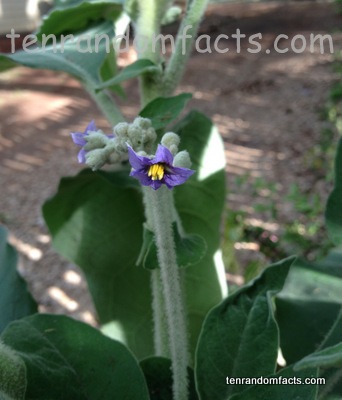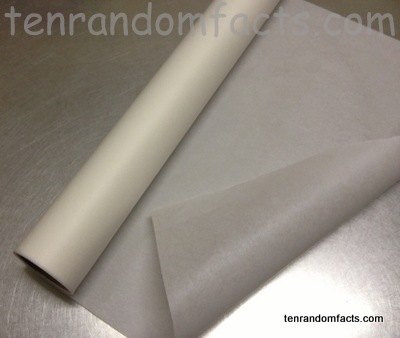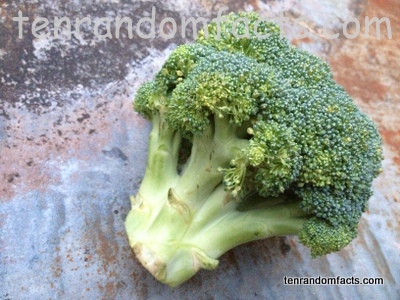
Woolly nightshades may look harmless, but they can be deadly.
- Woolly nightshades are shrubs or small trees that generally grow up to 4 metres (33 feet) in height, however they can sometimes grow much taller than this.
- Woolly nightshades are native to South America and can live up to 30 years.
- Woolly nightshades have become an invasive weed where they were introduced as ornamental vegetation in New Zealand, and are also a significant problem in Australia, India, some countries of southern Africa, and many islands, particularly in the Pacific.
- ‘Woolly nightshades’ are also known as ‘ear-leaved nightshades’, ‘flannel weeds’, ‘bugweeds’, ‘tobacco weeds’, ‘wild tobacco trees’, and ‘kerosene plants’.
- The scientific name for woolly nightshade is Solanum mauritianum, and it comes from the Solanaceae family, which is the family of tomatoes, potatoes and nightshades.
- Woolly nightshades have a hairy green stem, or trunk, with large leaves covered in very fine hairs and smell like herbicide, especially when torn or scrunched.
- Woolly nightshades have purple coloured flowers with yellow middles, which flower mostly in early spring, although they can flower throughout the year.
- All parts of woolly nightshades are highly poisonous and can cause fatalities, particularly if the yellow berries are consumed, and the hairs can cause irritation to the skin.
- Woolly nightshades can produce at least 2,000 seeds a year, which come from the yellow berries the plant produces, that are often dispersed by birds.
- Woolly nightshades is a fast growing plant, and can be killed by cutting or uprooting the plant, and spraying with herbicide.
Bibliography:
Solanum mauritianum, 2013, Wikipedia, http://en.wikipedia.org/wiki/Solanum_mauritianum
Woolly Nightshade (Solanum mauritianum), n.d, Vegetation Specialists, http://www.vegetationspecialists.co.nz/woolly-nightshade.html






















